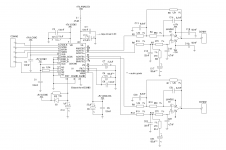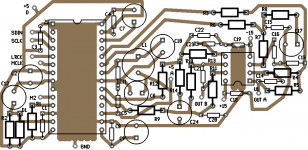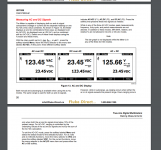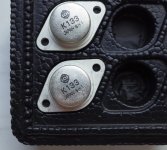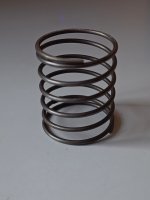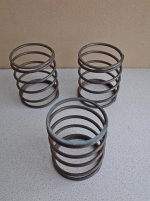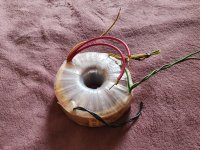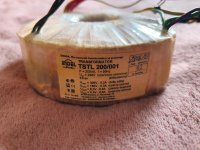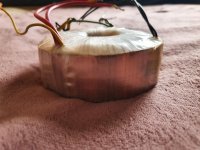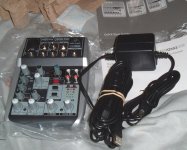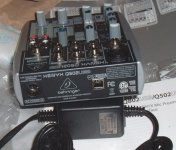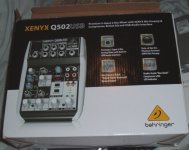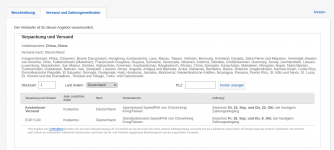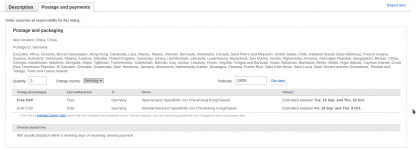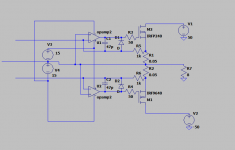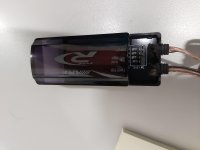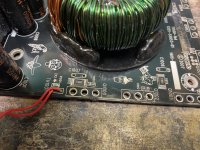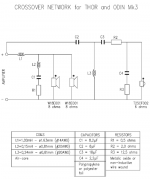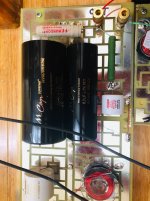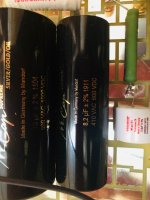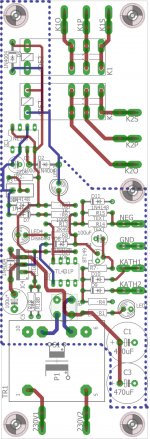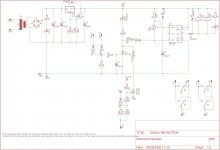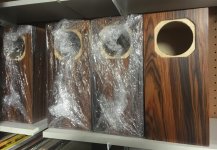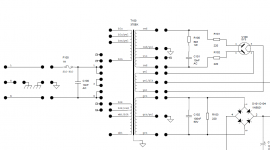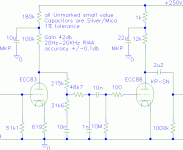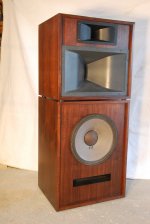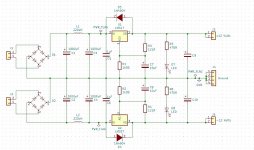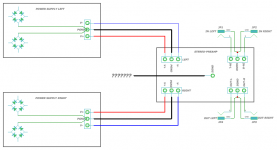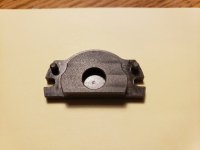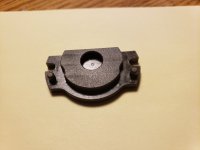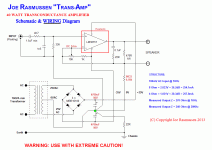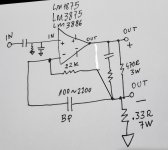Understanding input sensitivity/gain/output power
- By Kyrk
- Solid State
- 8 Replies
Hello,
I just learned what input sensitivity and gain is and it only confused me more. I get that gain is the ration between input sensitivity and output voltage. Let me try and understand with an example. Lets say we have a computer that can output 0.5 VRMS on its line out with an output impedance of 250 ohm and a 8Ω speaker. Now if I get two amplifiers both of them with 26db of gain but one of them is rated for 500 watts and the other for 2000 watts. Would they both provide the speaker with the same amount of volts/wattage? ( I am using such high watt number so that we do not become current limited because I do understand that even if the output voltage is the same in both of them with no load when you connect them to a load maybe one doesnt have the current to supply that voltage)
some calculations i made :
Voltage gain (dB) = 20×log (Audio output voltage / Audio input voltage)
26=20log X (Vout/0,5) => Vout= 9.976312 V
V=I X R => I= 1.24704
P= V x I => P=12.44085 Watts
so 12w of output in both amps (if one amp was rated for 10watts i guess thats when we would have clipping) why am i getting more powerfull amps then? I should be getting better preamps so that I can have higher input voltage in my amp!!11!
I think i am missing something here.
I just learned what input sensitivity and gain is and it only confused me more. I get that gain is the ration between input sensitivity and output voltage. Let me try and understand with an example. Lets say we have a computer that can output 0.5 VRMS on its line out with an output impedance of 250 ohm and a 8Ω speaker. Now if I get two amplifiers both of them with 26db of gain but one of them is rated for 500 watts and the other for 2000 watts. Would they both provide the speaker with the same amount of volts/wattage? ( I am using such high watt number so that we do not become current limited because I do understand that even if the output voltage is the same in both of them with no load when you connect them to a load maybe one doesnt have the current to supply that voltage)
some calculations i made :
Voltage gain (dB) = 20×log (Audio output voltage / Audio input voltage)
26=20log X (Vout/0,5) => Vout= 9.976312 V
V=I X R => I= 1.24704
P= V x I => P=12.44085 Watts
so 12w of output in both amps (if one amp was rated for 10watts i guess thats when we would have clipping) why am i getting more powerfull amps then? I should be getting better preamps so that I can have higher input voltage in my amp!!11!
I think i am missing something here.
